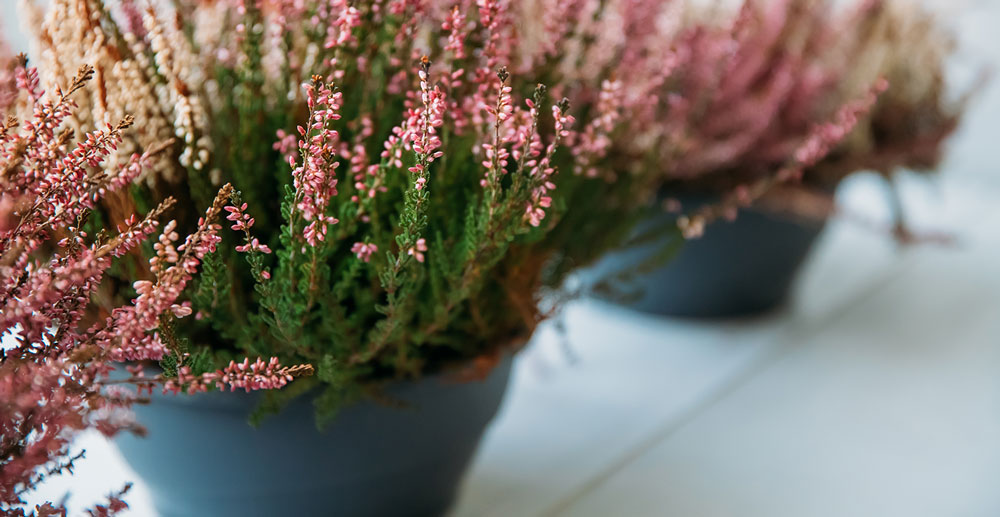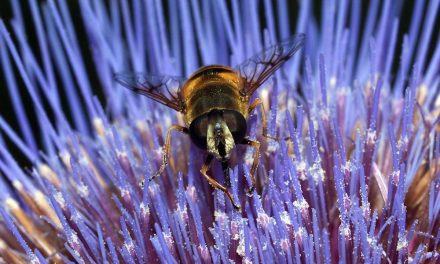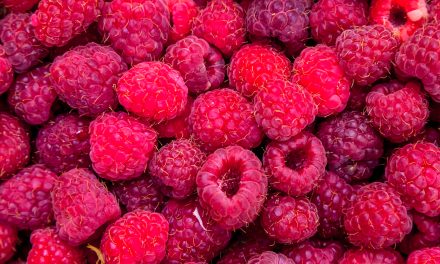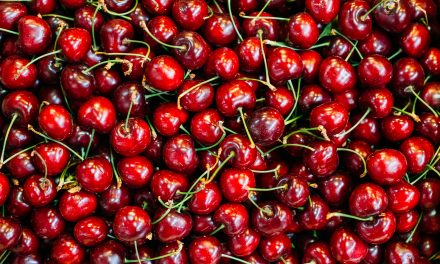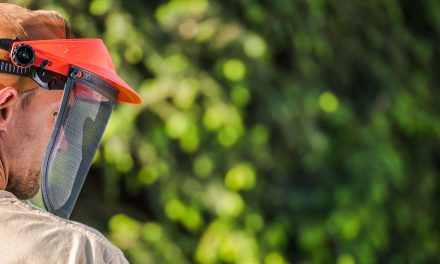Successful container planting is not really dependent on luck, but rather on the simple science of gardening.

Container plant care
Container plants require special attention because the soil environment is different to the natural soil environment of a garden – it dries out quicker than in garden beds and nutrients are more readily absorbed, with any excess nutrition being lost due to leaching. Successful container gardening is easily achieved by understanding and managing this ‘artificial’ environment to the best of your ability. When it comes to choosing your pots, almost any container can be used for planting, regardless of shape or form. Window boxes, hanging baskets, wine barrels and wheelbarrows are a few popular options. The idea is to enjoy being creative and develop a style of your own.

Tips for success – indoors and outdoors
- Place drainage material, such as broken tiles or stones, at the bottom of the container before filling it with good-quality potting soil. (Don’t use compost!)
- Water deeply and thoroughly after planting.
- To reduce the frequency of watering and improve the water-holding capacity of your container, add Stockosorb water-retaining granules to the potting soil.
- Plant types as well as container types influence the frequency of watering, so after planting, water the new container daily, never allowing the soil to dry out.
- After a week of monitoring, you’ll be able to gauge the required watering frequency for your container.
- Indoor plants are regularly overwatered – ensure you place a drip tray beneath your container to monitor and catch any excess water.
- Too much water is harmful to plants and causes excessive leaching of nutrients. However, three to four times a year, it’s advisable to ‘flush out’ container plants by watering them until water runs out of the base. This leaches out the excess salts that accumulate in the soil medium.
Credits
Referenced from Efekto , Green Fingers : Your gardening and product guide from Efekto

